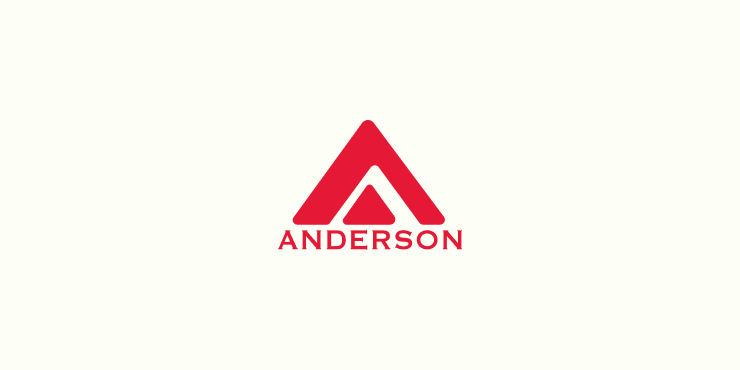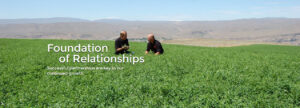No hoof – no horse

No hoof – no horse is a commonly heard adage for a good reason because a horse’s usability is severely limited when hoof health is poor. Equine hoof health is directly linked to a horse’s nutritional status. Suboptimal energy intake during periods of malnourishment not only affects all bodily functions, but it also influences normal hoof development. While hoof growth may continue at a normal rate during unfavorable nutritional conditions, hoof quality is severely reduced. Therefore, a balanced diet containing high-quality forage, such as alfalfa or timothy hay, or pasture, and concentrates when necessary, must be fed to provide energy and other nutrients that are required to support a horse’s health and well-being, as well as hoof growth and integrity.
Since the equine hoof wall is made up of predominately protein, high-quality dietary protein is required for proper hoof growth. Protein is made up of 22 different amino acids. All of these amino acids are required to build body protein. Some amino acids are manufactured in the body and are thus considered non-essential. In comparison, essential amino acids cannot be synthesized by the body and therefore must be supplied in the diet. Lysine, tryptophan, threonine, and methionine are examples of essential amino acids. Research suggests that certain amino acids are more important than others for hoof growth and hoof quality. The hoof wall is made up of keratin, a structural protein that contains the sulfur-containing amino acids, cysteine and methionine. Deficiency of cysteine and/or methionine appears to affect hoof quality and horses with poor-quality hooves are often fed supplements that contain methionine. Care must be taken to avoid over-supplementation, because too much methionine can cause sore hooves and lameness. Researchers have also found that levels of the amino acids threonine, phenylalanine, and proline were higher in protein of normal hooves, providing evidence that these amino acids are also important to hoof quality. Instead of feeding more protein to horses with bad hooves, consider feeding high-quality protein sources, which include alfalfa hay, soybean meal, and some milk proteins.
Minerals such as calcium, zinc, and copper also affect hoof growth and quality. Calcium is important for hoof wall structural integrity because it helps bond keratin molecules together. Alfalfa hay is rich in calcium and adding it to the diet of horses with poor hoof quality can help improve structural soundness of the hoof wall. Zinc is important in formation of healthy skin, hair, and hooves because it plays a role in the formation of keratin and collagen. Horses with poor-quality hooves often have lower levels of zinc in blood and hooves than horses with normal hooves. Again, be mindful to avoid over-supplementation because too much zinc is antagonistic to copper, which is part of an enzyme that forms the bonds between keratin molecules.
Biotin is a water-soluble B vitamin. Its influence on hoof health has been extensively studied. Adding biotin to a horse’s diet only improves growth of new hoof horn and does not affect the existing hoof. Because of this reason, it may take several weeks of supplementation before a noticeable effect is seen and it may take a year or more to grow a new hoof.
Given good nutrition, most horses will have good-quality hooves. Combining good farrier care and providing a well-balanced diet that meets the horse’s nutritional needs should keep hooves healthy and sound.
You can receive this blog from Anderson Hay directly in your email by subscribing above on the right.
References
Harper, F. Feeding Your Horse’s Hooves. Animal Science Horse Information Series. The University of Tennessee Extension, AS-H 139. animalscience.ag.utk.edu/horse/…/FeedingHorsesHooves-ASH139.pdf
Kentucky Equine Research, Inc. Poor Nutrition Impacts Hooves. Equinews: 13:18-20. www.ker.com/library/equinews/v13n2/v13n218.pdf


